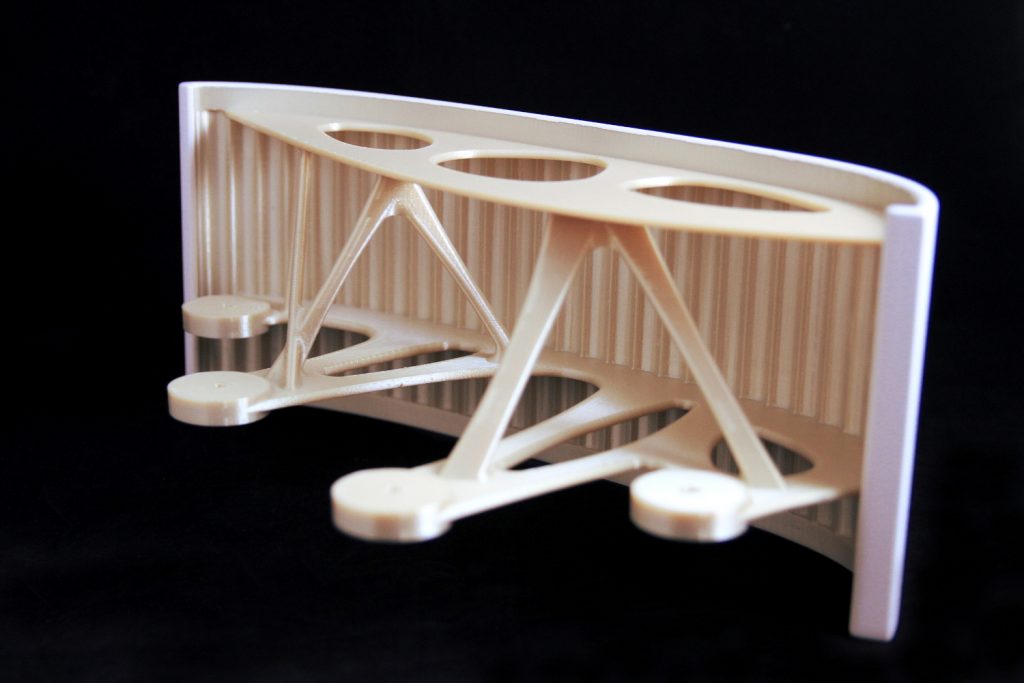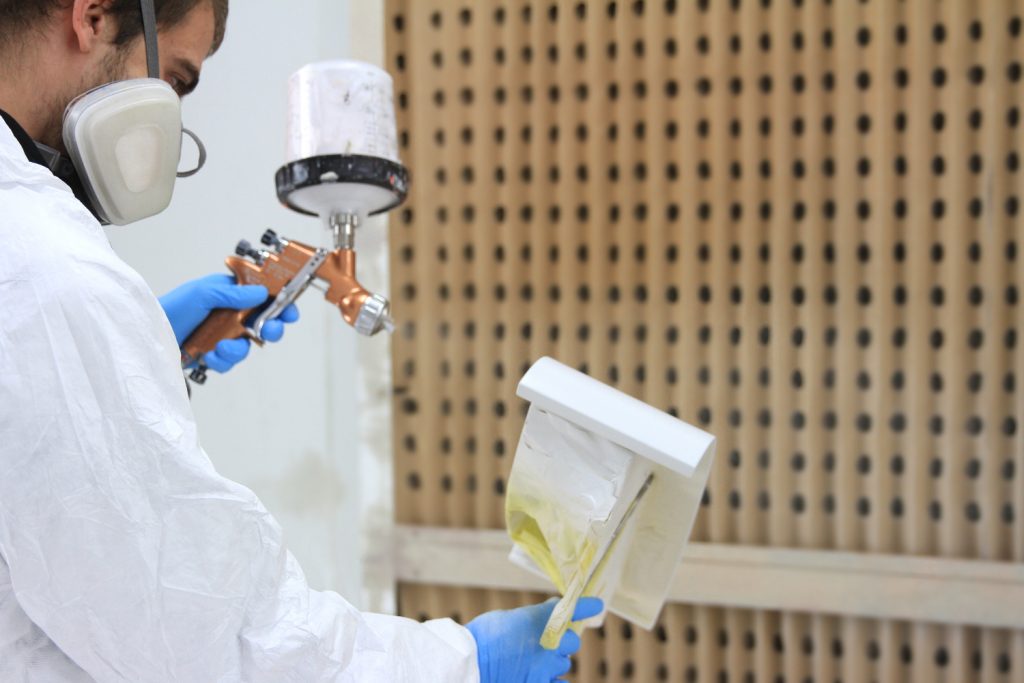Finland’s largest airline, Finnair, has added an important cabin feature to its A320 aircraft. In a routine upgrade, the airline has installed the cabin with 3D printed spacer panels.
The passenger-facing parts have been made by Airbus in partnership with Belgium’s Materialise, and serve as example of how the airline can save money and reduce service downtime with the technology.
Geert Appeltans, quality manager at Materialise comments, “We can handle incredibly tight lead times, but the foundations for that lie in a carefully honed quality management system,”
“The spacer panels produced for Airbus are more than 3D prints, they’re the output of an entire quality system.”
Cabin update
Finnair’s complete fleet comprises 8 different models and roughly 80 aircraft in total. 10 of these planes are Airbus A320 models, each seating between 165 and 174 passengers.
In an update of the overhead storage panels, gaps were left between new and existing components. In order to fill these gaps, the A320 required a small-batch run of spacer panels to go at the end of each row.
Typically, spacer panels would have been made using injection molding, but with 3D printing the process has been offered much more luxury.

Beyond the 3D print
By 3D printing the panels in Airbus standard ULTEM material, Materialise cut out the middle-man in producing Finnair’s parts and created mold-free products. A bio-inspired “organic” design, the aircraft panels were more cost effective and faster to produce, and 15% lighter than those made using conventional methods.
After 3D printing, each panel was painted to match Airbus cabin specifications with flame-retardant materials then qualified with Airbus Cabin Trim and Finish checks.
“We think of this project as a great example of Certified Additive Manufacturing,” comments Edouard de Mahieu, Project Manager at Materialise, “It demonstrates how Materialise provides an end-to-end process that goes beyond the 3D print,”
“It’s about the strict quality process and incorporating every detail of the requirements from design to finishing.”

More 3D printing from Airbus
By delivering such positive results to its customers, 3D printing is an important part of manufacturing developments at Airbus. Recently, a controlling metal component of the Airbus A380 aircraft was 3D printed through collaboration with Swiss industrial and mechanical engineering company Liebherr and the Chemnitz University of Technology.
In September 2017, the Airbus A350 XWB aircraft became the first in-service aircraft to receive a metal 3D printed titanium part. The forthcoming A330neo passenger plane and Beluga XL cargo carrier are also tipped to use 3D printing for the interiors.
Stay abreast of 3D printing in aerospace by subscribe to the 3D Printing Industry newsletter, follow us on Twitter, and like us on Facebook.
Vote now for aerospace application of the year and more in the 2018 3D Printing Industry Awards.
Find your next engineering opportunity at 3D printing jobs and post a vacancy for free as part of our limited launch offer.
Featured image shows FDM 3D printing the A20 spacer panels for Finnair. Photo via Materialise



